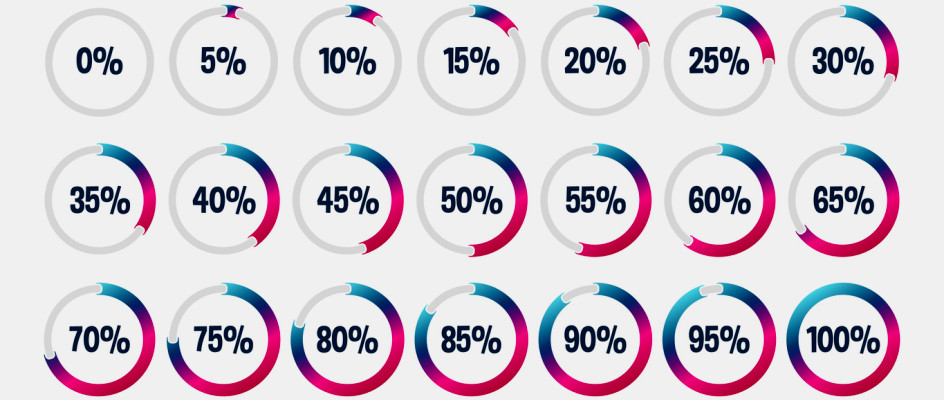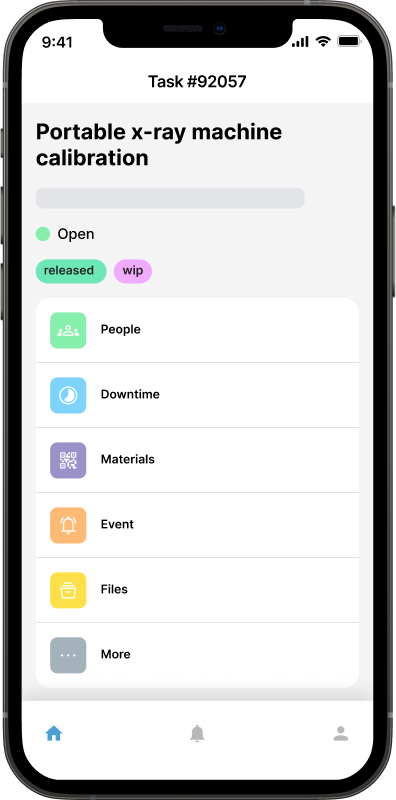What is the 75% Maintenance Rule in Asset Management: When to Repair or Replace

Repair vs Replace
In the complex world of asset maintenance management, making informed decisions about whether to repair or replace equipment is a critical responsibility. One commonly used guideline to support this decision-making process is the 75% maintenance rule. This rule helps maintenance planners, engineers, and financial controllers evaluate when it's more cost-effective to retire an aging asset rather than continue investing in its upkeep.
But what exactly is the 75% maintenance rule, how is it applied, and why should it be integrated into your Computerized Maintenance Management System (CMMS)? This post explores the rule in depth, complete with examples, tables, and insights into how it supports better asset lifecycle decisions.
What is the 75% Maintenance Rule?
The 75% maintenance rule is a general industry standard that suggests:
If the cost to repair or maintain an asset exceeds 75% of the cost to replace it, then replacing the asset is the more financially sound decision.
This simple formula helps organizations avoid wasteful spending on assets that are nearing or have reached the end of their useful life. It supports a data-driven, cost-effective approach to asset lifecycle management.
Why the 75% Rule Matters in Maintenance Strategy
When operating in asset-intensive industries, poor maintenance decisions can lead to:
Increased downtime
Higher total cost of ownership (TCO)
Safety hazards
Reduced productivity
Using the 75% rule, organizations can:
Maximize return on investment (ROI)
Reduce unplanned maintenance events
Extend overall system performance and uptime
Better plan for capital expenditures
A Practical Example
Let’s explore a scenario involving an HVAC system in a large commercial building:
Parameter | Value |
|---|---|
Repair cost | $12,000 |
Replacement cost | $15,000 |
Repair cost as % of replacement | 80% |
In this case, the repair cost exceeds 75% of the replacement cost:
$12,000 / $15,000 = 0.80 (80%)
According to the 75% rule, it would be more economical to replace the HVAC system than to repair it. Additionally, a newer system may offer increased energy efficiency, better warranties, and lower maintenance needs moving forward.
Applications in CMMS
A CMMS (Computerized Maintenance Management System) is the backbone of modern maintenance operations. It records asset histories, schedules work orders, logs downtime, and tracks costs over time. When integrated with the 75% rule, a CMMS can:
Alert maintenance teams when repair costs exceed a threshold
Suggest a replacement instead of a repair
Provide reports for budget planning and asset lifecycle analysis
By embedding this logic into the CMMS, you create an automated decision-support system that promotes consistency and financial discipline.
Common Industries Using the Rule
Industry | Example Assets |
Motors, gearboxes, CNC machines | |
Facilities Management | HVAC units, elevators, lighting systems |
Transportation | Engines, transmissions, braking systems |
Utilities & Energy | Pumps, turbines, transformers |
In these sectors, decisions about whether to repair or replace directly affect safety, productivity, and cost control.
Factors to Consider Alongside the 75% Rule
While the 75% rule is a helpful guideline, it should not be the sole determinant in your decision-making. Here are some additional factors to consider:
1. Asset Criticality
If the asset is critical to operations and has no redundancy, replacing it may be more urgent despite lower repair costs.
2. Downtime Costs
Downtime during repair vs replacement should be factored in. A cheaper repair might lead to more downtime, increasing indirect costs.
3. Lead Time for Replacement
If it takes months to replace an asset, temporary repair might be necessary even if it breaches the 75% threshold.
4. Environmental or Compliance Requirements
Older equipment might fail to meet new standards. Replacing it could help meet energy efficiency or safety regulations.
5. Total Cost of Ownership (TCO)
Newer models may be more efficient and cost-effective over their lifespan.
Limitations of the Rule
Not legislation: The 75% rule is a rule of thumb, not a regulation.
Asset variability: Some assets have highly variable maintenance and failure costs.
Technological obsolescence: Replacement may be wise even before hitting the 75% mark if the asset is no longer supported.
Incorporating the Rule into Your Maintenance Workflow

Here’s how to build the 75% rule into your asset management system:
Track Accurate Costs: Ensure your CMMS records real repair and replacement costs.
Set Automated Alerts: Configure thresholds in your CMMS to flag when repair costs approach 70-75% of replacement.
Include in Decision Trees: Use the rule in standard operating procedures (SOPs) for asset evaluations.
Train Maintenance Staff: Ensure teams understand the logic and financial reasoning behind the rule.
Audit Annually: Review historical data to see how often following (or ignoring) the rule led to cost-effective decisions.
Summary Table: When to Repair vs Replace
Repair vs Replace? | Repair Cost (%) of Replacement | Recommendation |
50% or less | Low | Repair |
51-74% | Moderate | Case-by-case |
75% or more | High | Replace |
Final Thoughts
The 75% maintenance rule is a simple yet powerful guideline that helps organizations make smart, cost-effective decisions about asset management. When combined with CMMS data and a clear understanding of operational priorities, it empowers teams to reduce downtime, control costs, and extend asset life.
Remember: it’s not about following a rule blindly, but using it as a strategic tool in your broader asset management playbook and in conjunction with your CMMS, like Maintainly.

